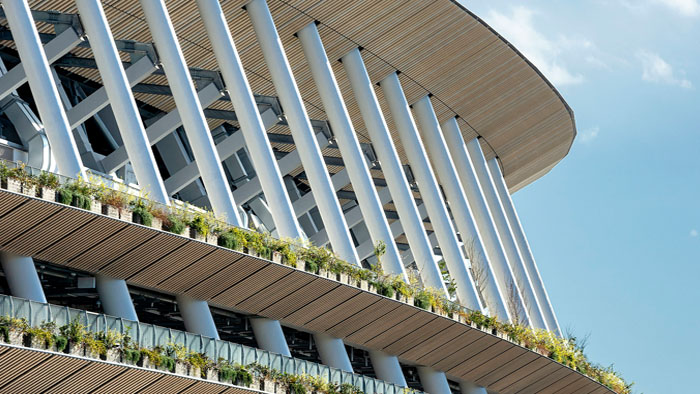Tokyo 2021: The risks facing the Olympics
Since the revival of the modern Games in 1896, the Olympics have had to cope with a range of risks. From financial, security, sporting and reputational risks to diplomatic incidents and war. In 2020, that list expanded when the Tokyo Games was postponed due to COVID-19. Willis Towers Watson’s Hélène Galy outlines the risk spectrum involved

Any catastrophic event impacting the Olympic Games has the potential to result in high-impact, long-term consequences for the cities that host them. People, infrastructure and entire supply chains are at stake. Forcing the Tokyo Olympics to be postponed by a year, the COVID-19 pandemic has stolen the risk limelight, but it remains as vital as ever to remember the wider risk landscape.

People risks
Olympic Games typically involve a large population influx from various countries to a city, in this case, Tokyo, already one of the largest cities in the world. How will this work in a COVID-19 world, where physical distancing is set to be recommended for a long time?
A recent government survey showed only 0.1% of Tokyo residents have coronavirus antibodies. That is much lower than 14% in the state of New York in April, and 7% in Stockholm. The citizens of Tokyo may not want to accept the risk of an influx of people on top of managing their own national situation. The pandemic has also reduced the enthusiasm of residents to host the event, a recent poll showing only 24% in Japan look forward to the Olympics.
The multiple layers of security (including police, military and private security) will rely heavily on technology, not least to coordinate their activities. These will be the first Olympics to make use of facial-recognition technology to assist with risk management and identification.
Technology risks
With such a high-profile event, security must be ultra-tight and cyber security, in particular, is a major concern. Due to their operational requirements, scale and scope, Olympics events have the potential to trigger complex second-order effects, and cyber attackers have grown increasingly ambitious as organisers have embraced digitalisation.
At the 2018 Pyeongchang Winter Olympics, suspected state-sponsored hackers carried out extensive campaigns with TV signals disrupted, the games website crashing and ticket sales disrupted. Russia was thought to be involved in those attacks and earlier this year Japan’s National Intelligence Agency issued a stark warning on the possibilities of state-sponsored attack at the summer Games.
Earth risks
Earthquake risk is a top concern for Tokyo. The region sits at the intersection of the Pacific and Philippine Sea tectonic plates being pushed under Eurasia and forming the Itoigawa-Shizuoka Tectonic Line.
Given the structural dynamics, megathrust earthquakes along these boundaries are a common driver of risk discussions for the region. However, recent swarm activity in the Tokyo area can be interpreted in two ways. A simple view is that an increase in smaller earthquake activity leads to higher chances of a big one. However, a seismic creep could also be an indication that fault stress is being reduced in the region. Whatever the impact, the immediate response strategy remains the same.
Weather and climate risks
The first Olympics to experience heat stress issues were the 1912 Stockholm Games, where temperatures reached 32 degrees Celsius in the shade and resulted in half the marathon runners failing to complete the race. Only two years ago, the record-breaking summer heatwaves in 2018 led to the deaths of over 1,000 people in Japan. Similar heatwaves from that year have been studied in the UK, with research suggesting record-breaking temperatures are now increasingly likely due to human-induced global warming.
Flood risks
During the 2012 London Olympics, the tube link to Stratford in east London was closed after a water main flooded the tracks of the Central line, which connects the West End and City to the Olympic Park, raising concerns about the resilience of London's transport network. Flooding issues were also seen in Russia in the run up to the Sochi Winter Olympics, when flash floods caused massive disruption to the preparations. An estimated 2,000 workers were required to clean up the mess.
Expect the unexpected
It is still unclear whether the Tokyo Olympics will indeed happen in 2021. The current climate has reminded us that we should always expect the unexpected.
Taking extreme events and stress-testing them, whether through quantitative modelling or qualitative scenarios is one way to build resilience to global, complex risks and decide what to do next. As COVID-19 has demonstrated, society has developed in such a way that the impacts of past events are no longer a certain guide for the future, and this event presents an opportunity for all to make changes beyond the organisation of these games and leverage insights from science to increase their resilience.
Ms Hélène Galy is director, Willis Research Network, Willis Towers Watson